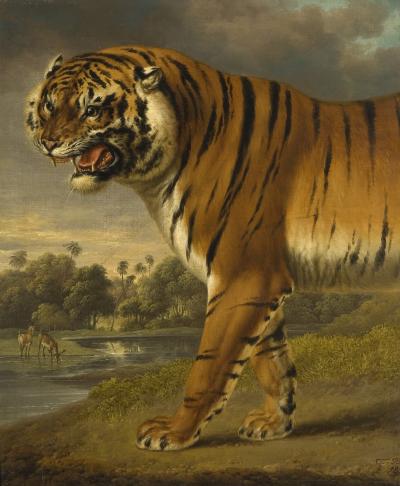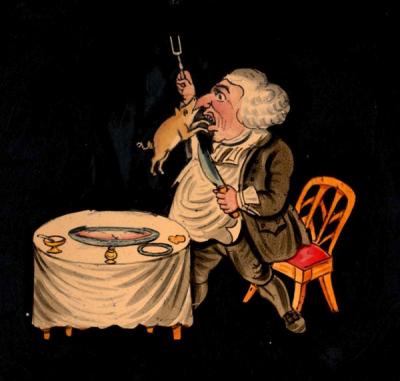‘Reframing the Wild’ is free to the public until Sunday 15 September, and coincides with the touring exhibition of Wildlife Photographer of the Year – also showing at the gallery.
The show draws on a diverse range of art objects in the West Midlands, from large-scale paintings to miniature ivory sculptures, snuff boxes to photography, and demonstrates the changing ways in which humans have shaped understandings of the natural world through art. At the same time, it makes the case that animals themselves have contributed towards artworks in important ways.
Councillor Harman Banger, City of Wolverhampton Council Cabinet Member for City Economy, said: “It is a great delight to see more of the city’s collection out on display and supporting the wildlife theme Wolverhampton Art Gallery has over the summer for families.
“The partnership with the University of Birmingham allows families from across the West Midlands to understand how we relate to animals, the natural world and issues that affect the two.”
This exhibition has been supported and curated by researchers from Midlands Art Papers (MAP) – a collaborative network and online journal led by the University’s Department of Art History, Curating and Visual Studies and 11 partner institutions - that explores art and design in public collections across the region.
An exhibition talk with curators Dr Kate Nichols (University of Birmingham) and Dr Samuel Shaw (University of Leicester) will be held at the gallery on Saturday 13 July at 2pm. An additional event, led by Dr Sadiah Qureshi (University of Birmingham), which explores histories of extinction will be held on Saturday 27 July at 2pm.
Since Midlands Art Papers began in 2017 it has supported four exhibitions across the West Midlands and helped to showcase regional art that would have otherwise remained unseen.

